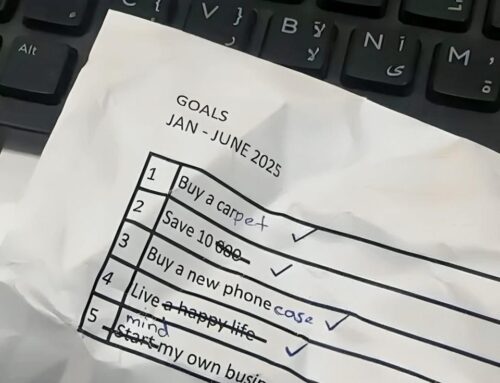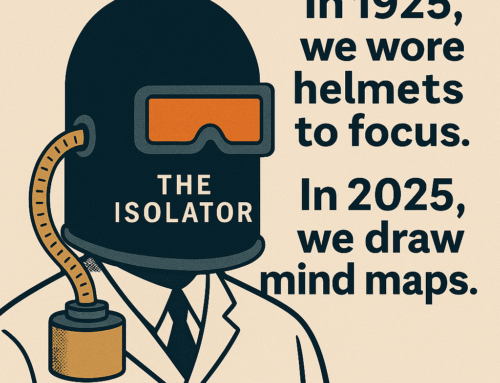Managing our time and tasks efficiently is crucial for personal and professional success. One individual who has significantly contributed to personal productivity is David Allen. David Allen’s seminal work, “Getting Things Done: The Art of Stress-Free Productivity,” published in 2001, introduced the world to the GTD methodology. At its core, GTD is a system designed to help individuals organize their tasks, ideas, and all the related material to get the work done in a stress-free manner.
Numerous resources are available on the internet elucidating the implementation of Getting Things Done (GTD). Rather than delving into those specifics, let’s grasp the foundational principles that underpin GTD.
The root cause of our stress – our forgetfulness
To comprehend why a surfeit of tasks induces anxiety, consider Allen’s perspective. According to him, the root cause of anxiety and guilt isn’t the workload itself but rather the breach of agreements with oneself—failing to complete crucial tasks despite having ample time. The antidote involves transitioning from relying on memory, prone to lapses, to maintaining a comprehensive external list of commitments. This isn’t a source of shame; it acknowledges the natural limitations of our short-term memory. To consistently fulfill these commitments, a systematic approach to capturing tasks is essential. Anything you wish to accomplish should find a place on your list, prompting the focus to shift to organizing extensive lists effectively.
Stay organized
Allen underscores the importance of maintaining organization not only in to-do lists but also in physical and digital work materials. Clutter, whether mental or external, poses a substantial impediment to productivity. The key lies in strategically allocating designated spaces for everything, ensuring each item finds its intended place.
Work breakdown to overcome procrastination
Procrastination, per Allen, often stems from a lack of clarity regarding what needs to be done. The remedy involves breaking down projects into manageable actions, doing them, fostering momentum, and gradually completing the project.
Bottom-up approach to achieving life goals
While conventional wisdom advises outlining life goals and aligning them with objectives, Allen challenges this top-down approach. He contends that, when immersed in current commitments, the mental bandwidth for profound life contemplation is limited. Instead, he advocates a bottom-up strategy—fulfill existing commitments to alleviate stress, cultivate the mindset for productivity, and then ascend to the abstraction of life goals. This pragmatic approach defines personal productivity in action.
Subscribe to my newsletter, to get tips like this and more, directly in your inbox!
(Originally published in Times of India on December 16, 2023)
Masters series: Seneca – Thomas Aquinas – Peter Drucker – Edwin C. Bliss – Stephen Covey – Arnold Bennett – David Allen






